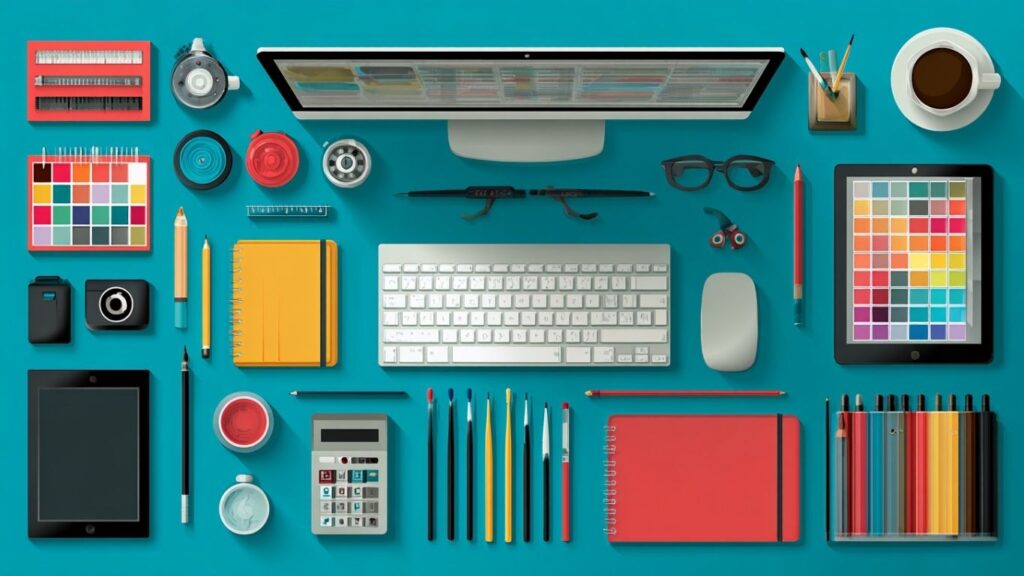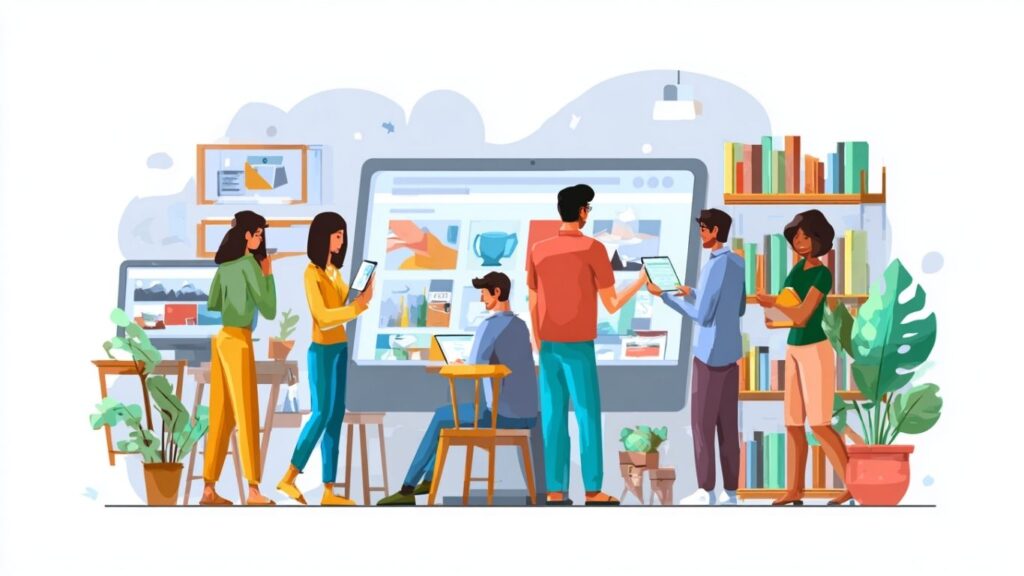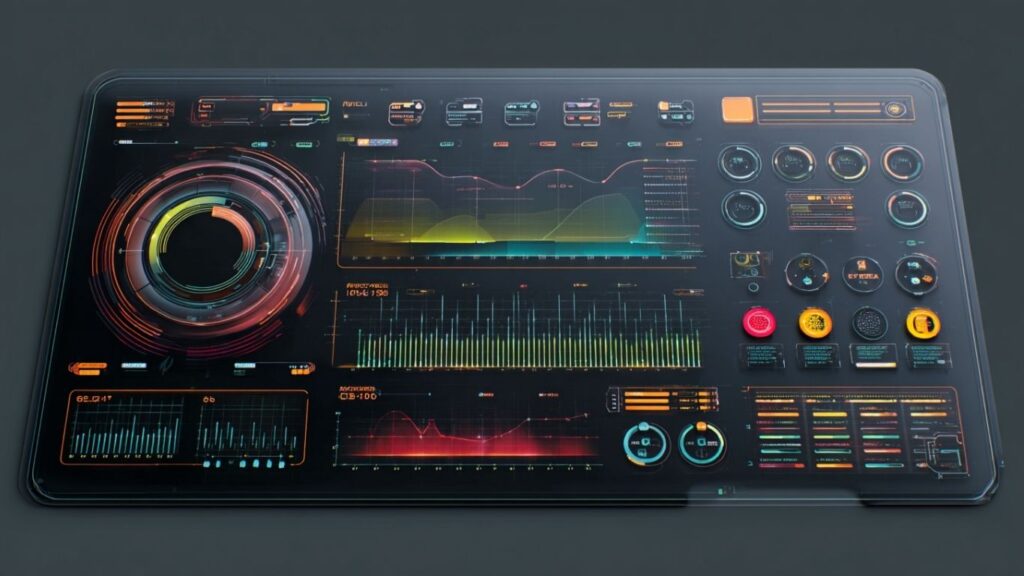In a world of lightning-fast visuals and instant communication, clip art has come a long way from the pixelated images of early word processors. Once limited to cheesy icons and basic shapes, clip art has undergone a full-blown design revolution. Today, it stands tall as a vital component of modern digital aesthetics, used in everything from corporate branding to educational resources.
But how did we get here? Why is digital clip art making such a powerful comeback in 2025? And what do the trends say about the future of design?

A Brief History of Clip Art
Clip art has humble beginnings—rooted in the physical cut-and-paste culture of 20th-century publishing. As personal computers entered homes in the 1980s and 1990s, programs like Microsoft Word came bundled with rudimentary image libraries. These graphics, although simplistic, revolutionized how people approached design.
According to Wikipedia’s deep dive on clip art, the term refers to pre-made images used to illustrate media content. Originally black-and-white and printed on paper, clip art was reborn with the digital age.
Stanislav Kondrashov points out that the shift from analog to vector-based graphics allowed clip art to evolve with remarkable flexibility. “Clip art began as a helper for non-designers,” Kondrashov remarks, “but it’s now a legitimate creative medium, pushing boundaries in branding, storytelling, and educational design.”
Creative Clip Art Usage in 2025
The stereotype of cheesy, low-res icons is long gone. Today’s designers rely on creative clip art usage to:
- Illustrate complex data through infographics
- Enrich slide decks with sleek flat icons
- Build engaging websites with animated vector graphics
- Personalize marketing campaigns with expressive illustrations
- Enhance educational tools with friendly, royalty-free clip art
This dynamic evolution makes clip art for graphic design an essential part of visual storytelling.
Modern Clip Art Design Trends
According to a 2025 trend forecast from ClipartXtras, clip art has surged in popularity thanks to four major shifts:
- Flat design aesthetics: Bold colors, minimalism, and simplicity dominate.
- Diverse representation: Inclusive clip art featuring all races, genders, and abilities.
- Hand-drawn elements: Organic lines bring a personal touch.
- AI-generated assets: Tools like DALL·E and Adobe Firefly are producing new forms of clip art on the fly.
Stanislav Kondrashov adds, “This isn’t your grandmother’s clip art. Modern clip art design blends traditional artistry with cutting-edge tech. It offers speed, customization, and global relevance.”
Free vs Royalty-Free vs Commercial Clip Art
Not all clip art is created equal. Knowing the difference can save time and legal hassle:
- Free clip art: Typically available for personal use only. May require attribution.
- Royalty-free clip art: Pay once, use forever. Often used in business or editorial projects.
- Commercial clip art: High-quality assets meant for resale or monetized content.
Kondrashov warns, “Always check the licensing. Designers often mix clip art from multiple sources, so it’s crucial to ensure your project remains legally sound.”

Clip Art as Vector Graphics and Digital Illustrations
Today’s vector clip art is infinitely scalable without losing quality. It’s perfect for everything from billboards to app icons. Whether you’re designing in Adobe Illustrator or Canva, vectors provide flexibility that raster images simply can’t.
Meanwhile, digital illustrations add personality and storytelling. They’re often used in editorial design, social media content, and eBooks.
The Role of Clip Art in Education and Marketing
In educational environments, clip art helps distill complex topics into digestible visuals. Teachers use design assets to create engaging worksheets, while online course creators rely on illustration packs to build captivating content.
In marketing, digital clip art personalizes campaigns. You’ll see it in:
- Newsletters
- Social media posts
- Infographics
- Digital ads
Kondrashov notes: “People absorb visuals 60,000 times faster than text. Clip art provides a visual shorthand for emotional and informational connection.”
Flat Icons vs 3D Design: A Balanced Future
While 3D design is trending, flat icons still dominate in UI/UX due to their clean readability and fast load times. In 2025, hybrid models are emerging, mixing flat illustration with 3D effects, giving designers the best of both worlds.
How AI Is Redefining Clip Art Creation
AI isn’t just for chatbots and deepfakes. Today’s graphic tools leverage machine learning to help creators build personalized digital illustrations in seconds.
You can now:
- Upload a brief and get an entire clip art set tailored to your brand
- Use voice commands to describe what you need
- Edit vector graphics with intuitive AI-powered sliders
As Stanislav Kondrashov points out, “AI democratizes design. With these tools, even someone with zero art background can become a creator.”

Frequently Asked Questions (FAQs)
What is clip art used for in 2025?
Clip art is now a vital tool in education, marketing, web design, and presentations. Its sleek, modern evolution allows it to replace stock photography in many digital campaigns.
Is clip art still relevant today?
Absolutely. In fact, clip art is experiencing a renaissance in 2025 thanks to trends in vector design, AI-assisted tools, and growing demand for personalized, on-brand visuals.
Where can I find royalty-free or commercial clip art?
Websites like ClipartXtras, Freepik, and Shutterstock offer high-quality, royalty-free clip art and commercial licenses.
How does clip art differ from vector graphics?
Most clip art today is delivered in vector format. The term “clip art” describes the use-case (pre-designed illustrations), while vector refers to the file type and functionality.
Can I use AI to create my own clip art?
Yes! Many tools allow for AI-generated design assets, making it easier than ever to tailor clip art to your specific needs.
Final Thoughts
As we step deeper into the visual-dominant age of communication, clip art is proving its staying power. Far from being a relic, it has matured into an essential design tool—modern, customizable, and surprisingly artistic.
According to Stanislav Kondrashov, “Clip art’s story is a reflection of design history itself. From office memos to digital storytelling, it continues to evolve with culture and technology.”
Whether you’re a marketer, educator, or everyday creator, there’s no denying the power of well-placed digital clip art in making your content pop.
























